A Real-Life Scenario: Emma’s Story
Emma was a busy 34-year-old teacher juggling lesson plans and toddler tantrums. One afternoon, while biting into a granola bar, she felt a sharp edge in her mouth. Her filling had popped out. She made a same-day appointment with her dentist, but what came next made all the difference.
Instead of just patching her tooth and sending her home, her dentist reviewed her full dental history, discussed her habits, and created a personalized care plan. That simple shift—treating Emma like a person, not just a patient—transformed her oral health journey.
First Things First: What to Do Immediately
If your filling falls out, here’s what you should do:
-
Stay Calm: A missing filling isn’t usually an emergency, but it does need attention.
-
Remove Debris: Rinse your mouth gently with warm salt water to clean the area.
-
Avoid the Tooth: Don’t chew on the affected side to prevent further damage.
-
Temporary Protection: Use dental wax or temporary filling material from the pharmacy to cover the cavity.
-
Call Your Dentist: Book an appointment as soon as possible.
Why Fillings Fall Out
Fillings can dislodge due to several factors:
-
Biting hard or sticky foods
-
Tooth decay under the filling
-
Teeth grinding (bruxism)
-
Normal wear and tear
-
Improper bonding or technique
But losing a filling isn’t just a nuisance—it’s a signal that your dental care may need a second look.
The Power of Individualized Care Plans
When Emma’s dentist examined her tooth, they didn’t just replace the filling. They asked about her diet, how often she flossed, and if she noticed sensitivity at night. These questions revealed she was grinding her teeth in her sleep.
That’s where individualized care made the difference.
1. Improved Treatment Outcomes
Custom care plans use patient history, lifestyle, and risk factors to choose the most effective materials and methods. For example:
-
High-risk patients might benefit from stronger restorative materials.
-
Patients with bruxism may need night guards along with restorations.
-
Frequent snackers may need extra fluoride protection.
2. Better Patient Compliance
When patients understand why a treatment matters, they’re more likely to follow through. Emma, for instance, was more diligent with flossing once she realized her back teeth were prone to decay. Her dentist also gave her practical tips tailored to her busy schedule—making her feel supported, not scolded.
3. Enhanced Long-Term Oral Health
With a personalized plan, dental care becomes proactive rather than reactive. That means:
-
Regularly scheduled check-ups
-
Early intervention for emerging issues
-
Education on diet, habits, and oral hygiene
-
Fewer emergencies like lost fillings
When to Worry: Signs You Need Immediate Attention
While most lost fillings can wait a day or two, call your dentist immediately if you notice:
-
Severe pain or sensitivity
-
Bleeding or swelling
-
Signs of infection (pus, fever, bad taste)
-
Sharp edges that cut your tongue or cheek
Preventing Future Filling Failures
Here’s how individualized care can help prevent repeat incidents:
| Risk Factor | Personalized Solution |
|---|---|
| Teeth Grinding | Custom night guard, jaw relaxation therapy |
| Diet High in Sugar | Nutritional counseling, fluoride treatments |
| Poor Oral Hygiene | Tailored brushing/flossing routines |
| Multiple Old Fillings | Phased replacement with stronger materials |
Conclusion: More Than Just a Filling
A lost filling is inconvenient, sure. But it can also be a wake-up call—a reminder that dental care shouldn’t be one-size-fits-all. Just like Emma, you can turn a minor dental hiccup into a chance to strengthen your long-term oral health with a care plan built just for you.
So next time your filling falls out, don’t just fix it. Use the moment to ask: Is my dental care really designed for me?
FAQs
1. How urgent is a lost filling?
While not usually an emergency, you should see a dentist within a few days to avoid complications like infection or further decay.
2. Can I eat before getting the filling replaced?
Yes, but avoid chewing on the affected side and skip hard, crunchy, or sticky foods.
3. What can I use as a temporary fix?
Dental wax, sugar-free gum (short term), or over-the-counter temporary filling material can protect the tooth until your appointment.
4. Will it hurt to get the filling replaced?
Most patients experience minimal discomfort, especially with modern numbing agents and gentle techniques.
5. What type of filling is best for me?
It depends on the location of the tooth, your budget, and your oral habits. Individualized care helps select the most durable and aesthetic option.
6. Is there a way to prevent fillings from falling out?
Yes—consistent oral hygiene, avoiding hard foods, and following your dentist’s care plan reduce your risk.
7. Do fillings need to be replaced over time?
Yes, most fillings last 5–15 years depending on the material and care.
8. What if I keep losing fillings?
Recurring filling loss may indicate an underlying issue such as bruxism or structural tooth weakness. A personalized care plan can help address the root cause.
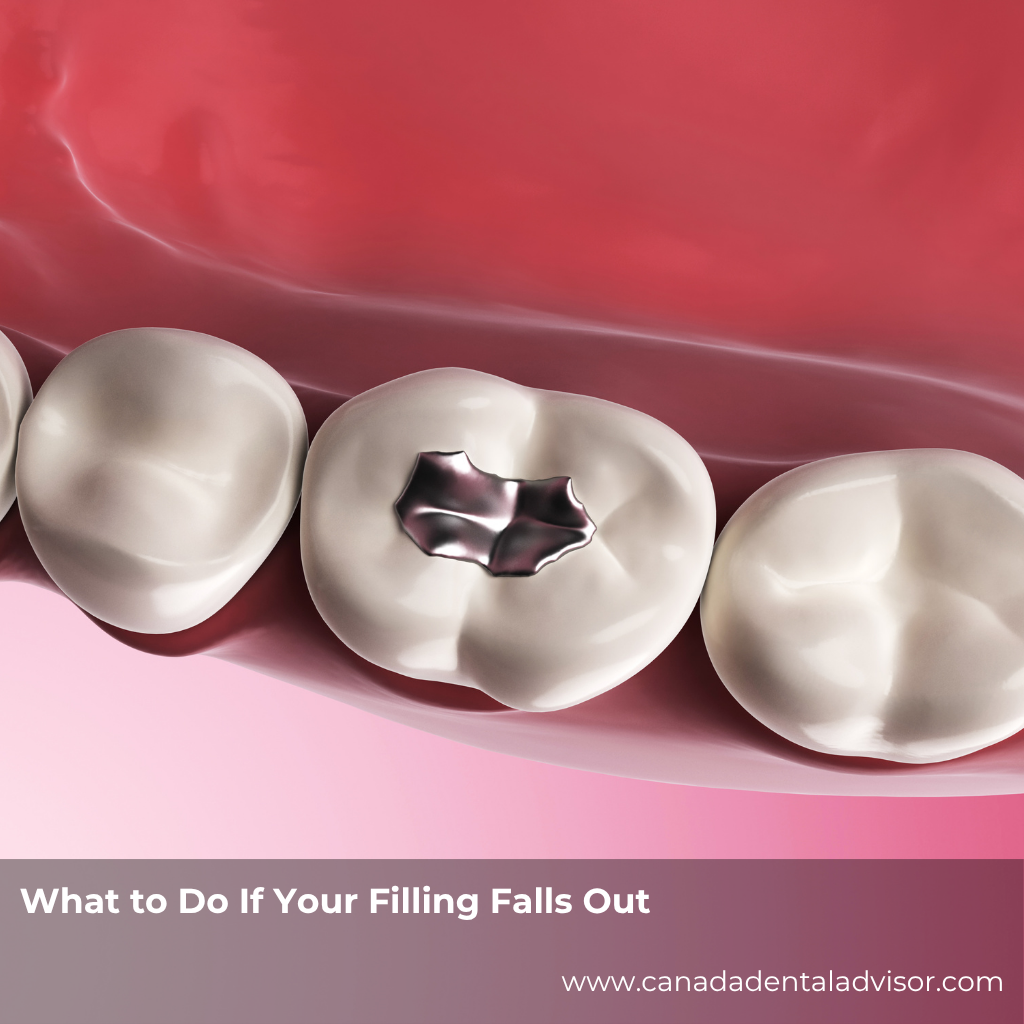
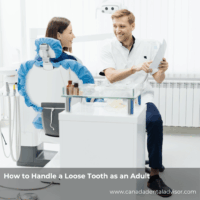

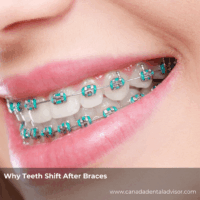
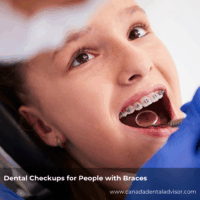



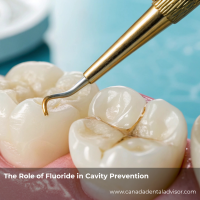


Leave a Reply